One that’s reliable, no doubt, and easy to fix if anything does break. One with enough power to get you over the hills with no wasted time. Perhaps most important, one that keeps you entertained, and gives you the widest possible enjoyment of all of that beautiful scenery rushing past the windshield. When you’re hundreds of miles from your destination and in the midst of territory that’s both beautiful and remote, what kind of motorized companion do you want?
In other words, you want a side-curtain Triumph TR.
Michael Lerch didn’t yet know that when he began looking for an alternative to his MGA as a time-speed-distance rally car. All he knew was that he needed something with more grunt to get through the mountain passes on the Texas 1000 rally. “If we had stayed with [the MGA], we might have gotten it right,” he said. “But we didn’t.” He put the question to David Clark, the proprietor of Sports Car Services in Westminster, Vermont. “David suggested the Triumph,” Michael said. “He said, ‘It has a very torquey engine, and all the power that you’ll need.’”
Through its long career, there’s practically no role that the evergreen TR hasn’t been able to fill. Despite humble origins that include the suspension of the underachieving Mayflower sedan and an engine shared with both sedans and tractors, these cars have succeeded in rallies and races around the world, generating demand that put Triumph on the map as a producer of affordable and satisfying sports cars. The popularity was fueled by a low price, true 100 MPH performance, simplicity, and a certain undeniable bulldog charm.
The side-curtain TRs stayed in production from 1953 through 1962, and the incremental pace of changes over the decade shows just how right the car was from the start. True, the undercooked prototype, called 20TS, displayed some alarming handling, but a team of Ken Richardson, Walter Belgrove, Harry Webster and others had the car sorted out by the time the first of the series, the TR2, debuted in Geneva in March of 1953. It was an instant success. With Richardson at the wheel and the world’s automotive press watching, a light gray TR covered a kilometer on the Jabbeke high-speed road in Belgium at an average speed of 115 MPH in roadgoing form, and an incredible 124.889 with aerodynamic aids. Noting that the car listed for just £550, Britain’s influential Motor magazine called it “an entirely new conception of cost in relation to speed.”
Improvements came at a steady pace. Owners’ complaints about doors getting scraped at curbside led to the “short-door” modification in 1954, while smaller, 10-inch brake drums and a stronger overdrive unit followed the following year. For 1956, Standard-Triumph rebadged the car as the TR3, its major changes being an egg-crate grille flush with the front fascia, an optional rear seat and larger carburetors that raised the engine’s output to 95hp. In 1957 came the installation of Girling disc brakes on the front wheels, making the TR3 the world’s first mass-produced disc-braked car. At the same time, the engine gained the so-called “high port” cylinder head, which contributed to an increased output of 100hp.


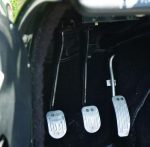
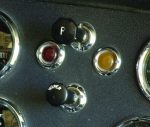
The car’s last significant facelift came for 1958, when the upgrades included a full-width grille incorporating parking lamps, lockable door and trunk handles, revised bucket seats and headlamp pods that were subtly set into the front panel. Though no name change accompanied the facelift, the car soon became known around the world as the TR3A. It would be the most popular of all of the early TRs, with 90 percent of the 40,000 built going to the North American market. Sports Cars Illustrated, the predecessor of Car and Driver magazine, was among those who gave high marks to the TR3A. “Seldom, if ever, remembering back over the last few years, have we met a man who bought a TR2 or TR3 and regretted the purchase,” they observed.
It was a TR3A from 1959 that Michael Lerch found himself considering at David Clark’s suggestion. “It had belonged to a client who had been unable to get the car to function to his satisfaction,” Michael said. Aside from a stuck clutch, it was in good condition, and apparently had been treated to a very high-quality restoration–mirror-finish paint on the underside of the hood is not the sort of thing you’d expect to have come off Coventry’s production line.
Michael’s first experience with the car was memorable. “I picked the car up from David, drove it to my house in Vermont and picked up my wife,” he said. “And we did a private, three-day rally that a friend had organized.” It was not a great success. “The car couldn’t go safely over 60 MPH,” he said, adding with a laugh, “At least that made my wife happy.”
The engine, the descendant of the inline-four that had powered the Standard Vanguard sedan, was not the problem–no surprise, since the TR’s torquey, durable four has long been considered one of the car’s greatest strengths. The trouble was the same as that which had plagued the 20TS prototype: a misbehaving chassis. “The roadability of the car was just terrible, absolutely awful,” Michael said. “It didn’t steer well at all.” Don’t blame Standard-Triumph–a lot can happen to a car in 50 years.
David took a ride with Michael. “It was only his skill as a driver that kept the bark out of our teeth,” he laughed. “When we encountered sunken culverts, particularly at an angle to the road, I was never sure which way the car would be pointed afterward.” The TR was also suffering from what David called “high-speed wallow.” He contacted Neil Revington at Revington TR, a U.K.-based Triumph specialist, for advice. “The people at Revington TR have been extremely forthcoming with helpful information and a willingness to walk us through problems,” David said.
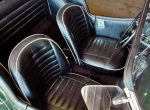
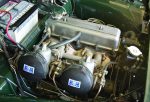


A Revington 22mm anti-roll bar helped cure the bump-steer, while the substitution of urethane bushings for rubber in the front suspension helped sharpen the response of the worm-and-peg steering. To banish the wallow, the springs–coil in front, leaf in back–were replaced with stiffer Revington rally-specification springs. The competition shocks, on the other hand, were toned down. “Neil Revington said that as springs become stiffer, shocks should be less so,” David said. The Konis that were already on the front suspension were set to a relatively soft setting, while the rear shocks were replaced with rebuilt stock units. (The reproduction rear shocks failed on two successive trips to the Texas 1000; the problem, David said, turned out to be the unrecognizable internal components used by the aftermarket manufacturer.)
The engine had already been rebuilt for a previous owner, and had a few performance tweaks. These included 89mm Omega flat-top pistons and sleeve assemblies (it’s a wet-liner engine), larger valves (intake and exhaust are 1.605 inches and 1.420 inches, versus the stock 1.563 and 1.297), a solid copper head gasket and a Revington 1058 Sprint Cam. Though many enthusiasts impulsively spend their first performance dollars on headers and aftermarket carburetors, it’s worth noting that the TR’s engine still has its cast-iron manifold and SU H6 sidedraft carburetors, with standard-spec jets and needles. A dual-body, V-12 E-Type SU fuel pump was installed; both sides were separately switched, to provide redundancy and maximum fuel flow. An oil cooler was also added to help keep operating temperatures down in the American Southwest.
The major change for Michael was the substitution of a 1059 Rally Cam, its timing advanced by a couple of degrees to give the engine more low-end power. With a displacement of 2,270cc, it produces approximately 118 horsepower.
The stuck clutch necessitated the removal of the gearbox, so while it was apart, Michael asked David to install an aluminum flywheel and a race-duty clutch. “There is no race-style clutch readily available for the TR3, but you can use one from a TR4A if you change the flywheel,” David noted. “In this case, we used an AP Racing clutch and an aluminum Fidenza flywheel.” The car was one of the few equipped with a Laycock de Normanville overdrive; it was now connected to a revised, all-synchro gearbox from a TR3B so that Michael would be able to downshift into first. The factory gear ratios, by the way, were unchanged.
Also left unchanged was the factory braking system, the disc-drum setup that so impressed the critics when the TR3 was new. The steel wheels were swapped out for Minilite-style Minotaurs, in the interest of reducing unsprung weight and allowing a wider tire to be used. The Vredestein Sprint Classic 185/70 HR 15 radials fit in the wheel wells, and give good traction under a variety of conditions. A handful of other additions helped suit the car to its rallying tasks: a pair of Lucas fog lamps, Triumph Tune clutch and brake pedals for easier heel-and-toeing, a negative-ground power port for cell phone and GPS use, and a dead pedal to the left of the clutch pedal that helps Michael keep himself in place during hard cornering. “The seats in that car are not the best for holding you,” he said. “The dead pedal is just a godsend in that regard.”

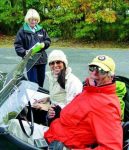
One of the remarkable things about Michael’s TR3A is just how subtle its many modifications are. Yes, the wheels and tires are noticeable, but twist the carriage key in the locks, raise the hood on its prop, and everything seems factory-spec, including those carburetors and that exhaust manifold. Michael even went so far as to install a panel lamp switch from an MG TF to control the fog lamps, blacking out part of the “P” to form an “F.” “I think everything should match the character of the car,” he said. “We didn’t want to do anything that would be completely out of the context of the car.”
We got a chance to drive this car on some Vermont back roads, and we can see why Michael is so smitten with it. The classic, long-stroke four produces lots of torque down low, giving a feeling of seamless power that seems to build and build. That engine alone would be enough to win over even the curmudgeons who don’t care for bugeye headlamps. A new rush of power comes on above 4,000 RPM, an addictive reward for late shifting. Even on the frost-scarred roads of the Green Mountain State, the TR tracks true as an arrow, with a firm ride that never becomes punishing. If all cam-and-peg steering were this direct, no one would have needed to bother to invent racks or pinions. This is a car that seems to shine in all areas. Besides which, it looks like a million bucks.
Don’t get the idea that Michael babies his car. He’s driven it in the Mountain Mille in Virginia twice and the New England 1000 once; at this writing, he’s preparing to run it in the Texas 1000 for the third time. He’s rallied with both his daughter, Alexandra, and son, Jonathan, as co-drivers. This is a car that never has its top up, either, rain or shine. “It’s a very dry car–it always stays dry,” Michael said. “We never put the top up on any of our cars, but with the Triumph, it’s nice not to get wet.”
Michael is proud to take his place among all those happy owners that Sports Cars Illustrated mentioned so long ago. “I absolutely love that car. I adore that car,” he said. “That car is so much fun to drive. And we seem to be not too bad at it, because we seem to annoy all the other people with their fancy cars,” he laughed. Measured in performance per dollar, this is one TR that continues to deliver.
Owner’s Story
Competition runs in Michael Lerch’s family. His father was a gentleman racer before World War II, while his brother Peter was twice Canadian Can-Am champion, as well as having owned Canada Track & Traffic magazine and Mosport Park. Michael, too, raced a bit, but dropped it to devote himself to his career in interior design.
After his retirement in 2005, a chance remark by a friend at a dinner party rekindled the spark. The friend mentioned that he would have to cancel his plans to compete in the Mille Miglia, because his navigator had dropped out. “I volunteered on the spot,” Michael said. That’s how he got into his first Mille Miglia. “I just absolutely went berserk,” he laughed. “I thought that was the greatest thing I’d done in my life.”
His friend had a BMW 328, and Michael, impressed with the car’s bulletproof straight-six engine, decided to look for something similar. That led to his first rally car, a Frazer Nash. He’s been hooked ever since.
Michael, seen here with his daughter, Alexandra, co-driving, sees the TR3A as a completed work at this point. “The car has been improved on a continual basis over the past three years,” he said. “We’ve taken the car as far as it can go without making major alterations.”
SPECIFICATIONS
ENGINE
Type — All-iron, OHV inline-four
Displacement — 2,270cc (2,138cc stock)
Bore x Stroke — 89mm x 92mm; (83mm x 92mm stock)
Compression ratio — 9.0:1
Horsepower @ RPM — 118 @ 5,000
Fuel system — Twin SU H6 sidedraft carburetors
WEIGHTS & MEASURES
Wheelbase — 88 inches
Overall length — 150.25 inches
Overall width — 56.5 inches
Overall height — 50.5 inches
Shipping weight — 2,050 pounds
TRANSMISSION
Type — Four-speed manual, fully synchronized, with overdrive
BRAKES
Type — Girling hydraulic
Front — 11-inch discs
Rear — 10-inch drums
SUSPENSION
Front — Independent, A-arms, coil springs, anti-roll bar, tubular shocks
Rear — Live axle, semi-elliptic leaf springs, lever-arm shocks
Wheels — Minotaur alloys
Front — 15 x 5.5 inches
Rear — 15 x 5.5 inches
Tires — Vredestein Sprint Classic radials
Front — 185/70 HR 15
Rear — 185/70 HR 15
This article originally appeared in the January, 2011 issue of Hemmings Sports & Exotic Car.
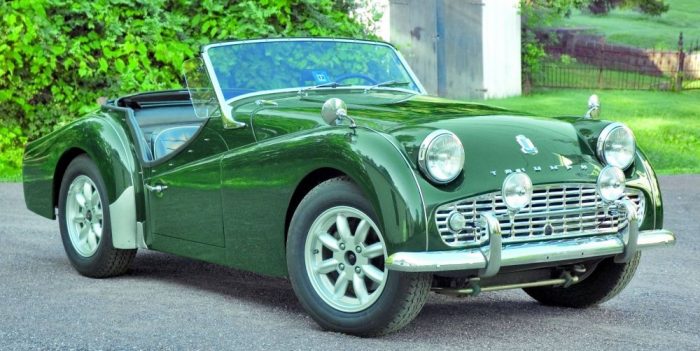
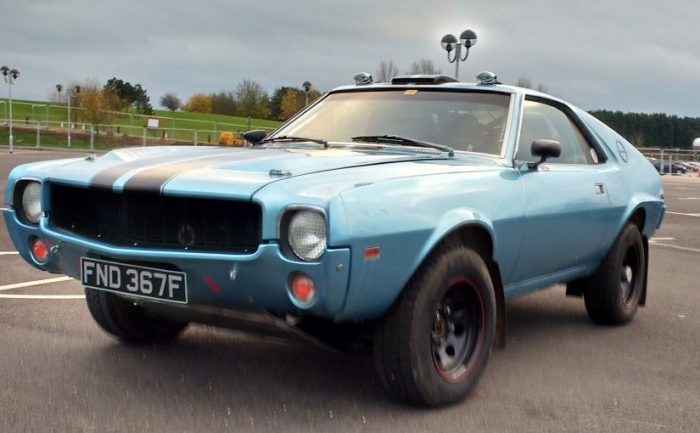
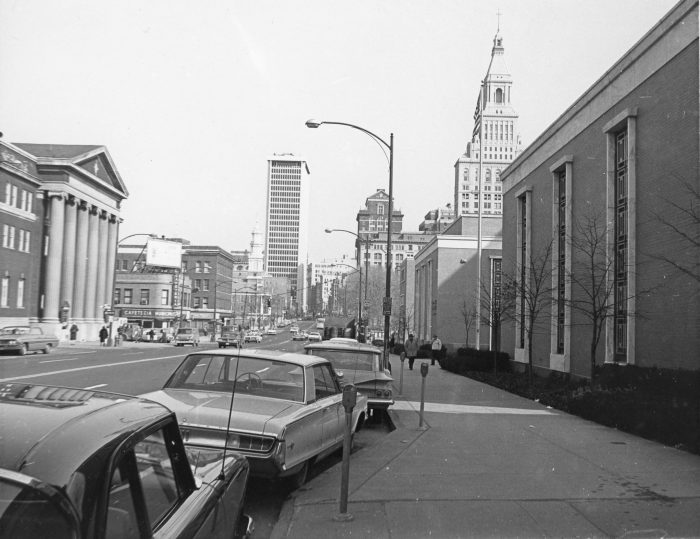
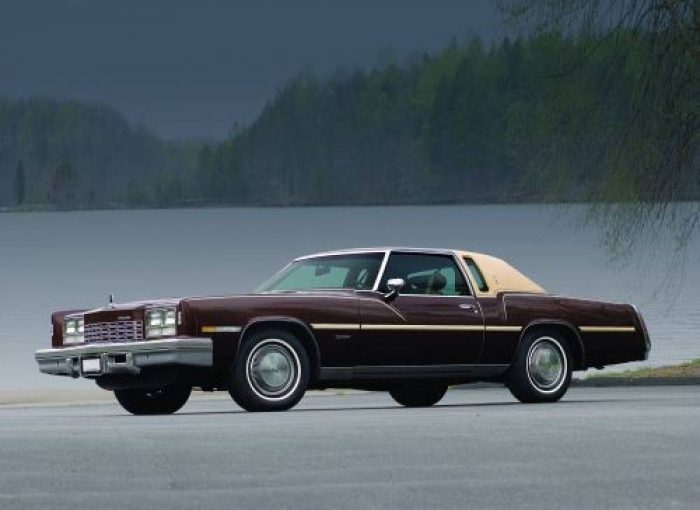
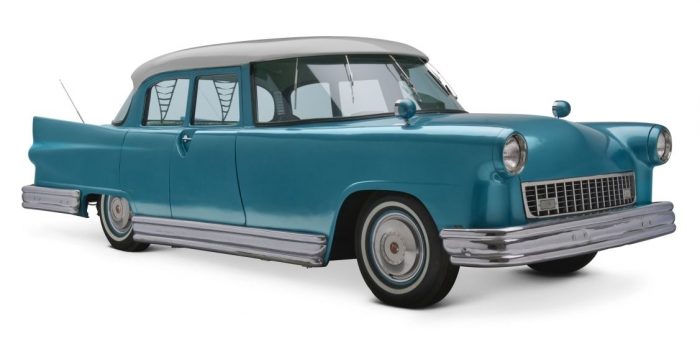
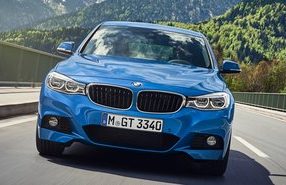




Recent Comments